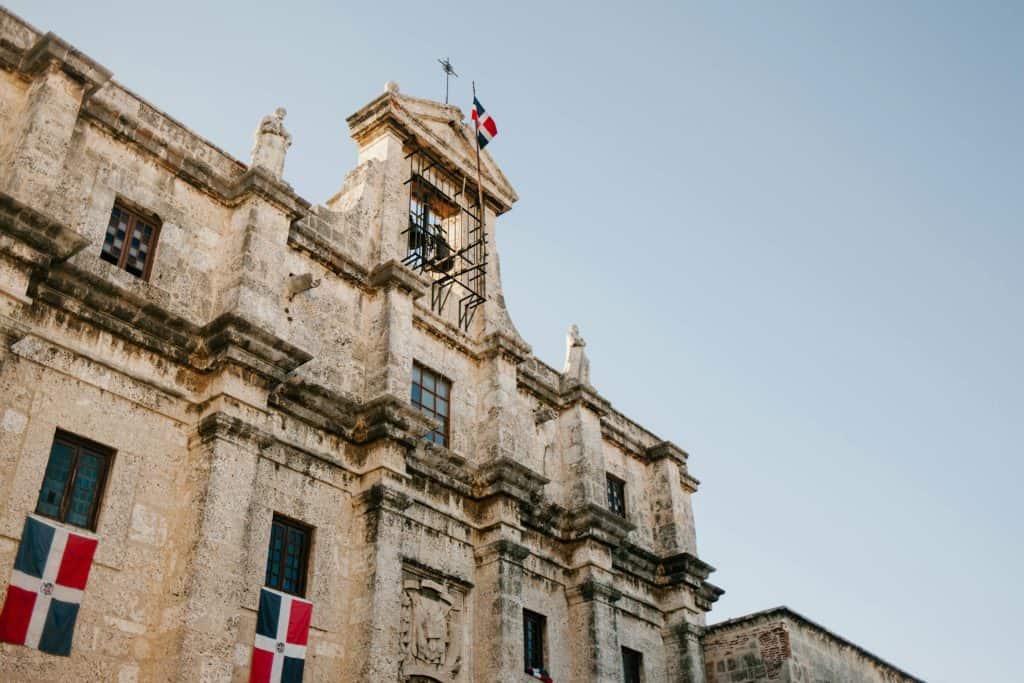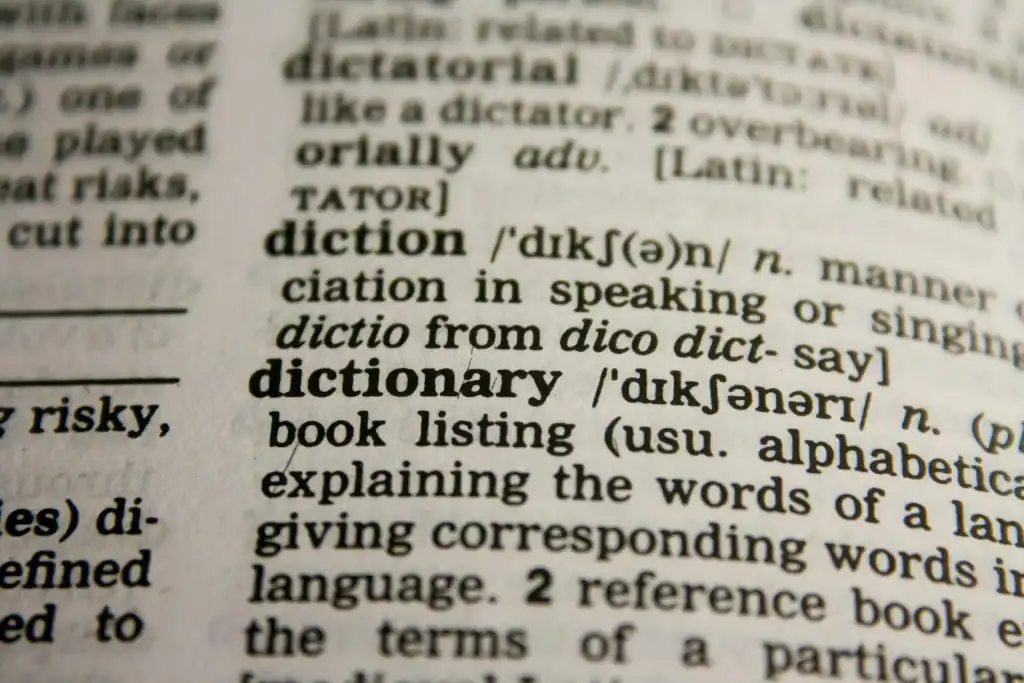When My “Arroz” Sounded Like “Adiós”
My first apartment in Santo Domingo faced a busy colmado whose owner, Doña Iris, served the fluffiest arroz con habichuelas in the barrio. One night I asked for an extra scoop of rice and pronounced it like “ah-DOHS.” She cocked her head, laughed, and replied, “Mijo, ¿quieres despedirte o comer?”—“Son, do you want to say goodbye or eat?” That harmless slip—swapping the trilled /r/ in arroz for an English-style tap—turned a hunger pang into a lesson about identity. Since then I’ve hunted for practical, muscle-friendly drills that push past textbook tongue twisters and embed the elusive sound deep in muscle memory—so deep it survives merengue bass lines, Bogotá altitude, and late-night karaoke. Today we’ll explore those drills, sprinkle cultural notes, and weave in Spanish Vocabulary that will let your /r/ roll like a Caribbean wave or purr like an Andean cat.
Why the R Matters More Than You Think
In Dominican streets, a crisp trill signals confidence; drop it and you may sound timid or, worse, unintentionally change meanings—caro (expensive) versus carro (car). Paisa friends in Medellín judge bar verses by how neatly the singer hits the double r in correr or perro. Mastering the sound thus protects clarity, bolsters credibility, and unlocks insider jokes where Spanish Vocabulary hinges on tiny vibrations behind your teeth. Beyond phonetics, the rolled /r/ carries cultural spice; it grabs attention in heated domino debates and softens hearts in romantic whispers.
Anatomy of the Roll (Without a Biology Lecture)
The Spanish /r/ is born on the alveolar ridge—the bumpy runway just behind your upper front teeth. Air pushes through while the tongue tip taps or vibrates. A single /r/, as in caro, needs one quick tap. A double /r/, as in carro, demands rapid flutter. English lacks this sustained vibration, so your tongue must learn new choreography. Think of it as training for a dance style: merengue footwork for Dominicans, salsa footwork for Colombians. Each region flavors the roll—Caribbean speakers often soften the final /r/, while Andeans punch it for clarity. Knowing these regional spices enriches your Spanish Vocabulary and performance.
Warm-Up Without the Twister
The classic tongue twister “Erre con erre cigarro…” is iconic but intimidating. Instead start with humming. Close your lips, hum a steady note, then gradually open into “d-d-d.” This primes the tongue to flutter. Next, imitate a kitten purr—silly, yes, but the vibration matches the trill’s frequency. Finally, whisper “butter” repeatedly, focusing on the quick “tt”—it mirrors the single Spanish /r/ tap. These subtle exercises, done while waiting for a guagua or an arepa, make Spanish Vocabulary practice part of your pulse rather than a separate chore.
Spanish Vocabulary Table
| Spanish | English | Usage Tip |
|---|---|---|
| Arroz | Rice | Double /r/; picture steam twirling upward. |
| Perro | Dog | Double /r/; growl slightly for memory. |
| Carro | Car | Double /r/; rev like an engine. |
| Amor | Love | Final /r soft in DR; stronger in CO. |
| Caribe | Caribbean | Single tap; emphasize ka-REE-beh. |
| Rápido | Fast | Trill upfront, then relax. |
| Herramienta | Tool | Double /r between vowels—practice mid-word. |
| Ahorrar | To save money | Triple challenge: vowel + double r. |
Use this mini list to anchor drills; each term appears in everyday Dominican and Colombian chatter, ensuring your Spanish Vocabulary workhorse gets field-tested often.
Turning Mundane Moments into R-Gyms
Grocery Line Drills
While queuing for plátanos, hold your receipt like a mini teleprompter and rehearse chunks: “Perro rápido, carro caro.” The white noise of fridges hides any self-conscious stumbles.
Motorcycle Taxi Test
Motoconcho rides jolt your diaphragm—perfect for sustained trills. Lean slightly forward (safer posture) and repeat “Caribe, Caribe, Caribe” in sync with engine revs.
Balcony Breath Session
Colombian mornings in the Aburrá valley feel crisp. Step outside, inhale mountain air, and exhale on a trilled “rrr” until breath runs out. This trains endurance so Spanish Vocabulary lines like “ahorrar para el carro” flow on one breath.
Example Conversation: R in Action
Vecino (DR, informal)
“Compai, se quemó el arroz otra vez.”
Neighbor: “Buddy, the rice burned again.”
Yo (informal)
“No te rías, que el carro nuevo de Laura está peor: huele a perro mojado.”
Me: “Don’t laugh, Laura’s new car is worse: it smells like a wet dog.”
Vecino
“¡Qué bárbaro! Pero ella puede ahorrar para limpiarlo.”
Neighbor: “Savage! But she can save up to clean it.”
Switch to Medellín variant.
Amiga (CO, formal)
“Necesito una buena herramienta para arreglar la puerta.”
Friend: “I need a good tool to fix the door.”
Yo
“Voy al taller rápido y vuelvo.”
Me: “I’ll go to the workshop quickly and come back.”
Amiga
“Gracias. Tu pronunciación del doble erre ha mejorado.”
Friend: “Thanks. Your double-r pronunciation has improved.”
Bold slang cameo.
Parcero (CO, slang)
“¡Parce, rodemos al río esta tarde!”
Buddy: “Dude, let’s roll to the river this afternoon!”
Notice each Spanish Vocabulary highlight merges mechanical practice with living contexts, blurring study and life.
Regional Tweaks: Rolling Hooks vs. Subtle Flicks
Dominican speech sometimes softens word-final /r/, turning amor into amo’. Keep your double /r/ robust mid-word but let endings glide if you aim for native flavor. In Medellín, where consonants stay crisp, emphasize both taps and trills; a flabby /r/ can mark you as “gringo desconectado.” Observing locals, you’ll refine which R version to deploy—an extra layer in your Spanish Vocabulary armor.
Troubleshooting the Stubborn Tongue
Some learners clench their jaw, muting airflow. Instead, relax the lower jaw, let the tongue hover close yet loose. If you whistle, you can trill; the mechanism differs only in tongue positioning, not airflow energy. Practice “tt-tt-tt” bursts to find the sweet spot, then lengthen into “rrr.” Record on your phone; waveforms will show whether vibration sustains (spiky pattern) or stutters (flat line). Each visual peak is a Spanish Vocabulary victory.
Integrating R into Financial Goal Chats
Explaining money dreams requires words like ahorrar, carro, hipoteca, reparar. Drill these in meaningful sentences: “Quiero ahorrar para reparar el carro antes de la lluvia.” Dominican partners will admire the natural roll; Colombian advisers will trust your seriousness. Rehearsing these phrases merges phonetics and purpose, embedding Spanish Vocabulary for both sound and meaning.
Ongoing Maintenance: The R Calendar
Attach specific chunks to calendar events: Monday market = “carro, carrito, carretera.” Wednesday workout = “respirar, resistir.” Sunday reflection = “amor, ahorro.” Over weeks, your tongue muscles get spaced repetition disguised as routine, and Spanish Vocabulary drills slide into daily rhythm.
Reflection: Vibrations Across Two Landscapes
From the humid corners of Santo Domingo to the misty streets of Envigado, every rolled /r/ I earn feels like a passport stamp. The sound carries Dominican swagger and Colombian tenderness, reminding me language is both identity and bridge. Each time I cruise through arroz, I remember Doña Iris; each crisp perro recalls paisa friends laughing over street arepas. Bouncing between these cultures keeps my palate flexible, my Spanish Vocabulary evolving, and my conversations alive with rolled thunder.
I invite you to share your own /r/ triumphs or tongue-tied tales below. Which exercises unlocked your trill? Which Spanish Vocabulary words still make your tongue revolt? Let’s crowdsource solutions so our collective /r/ vibrates from Punta Cana to Cartagena.



